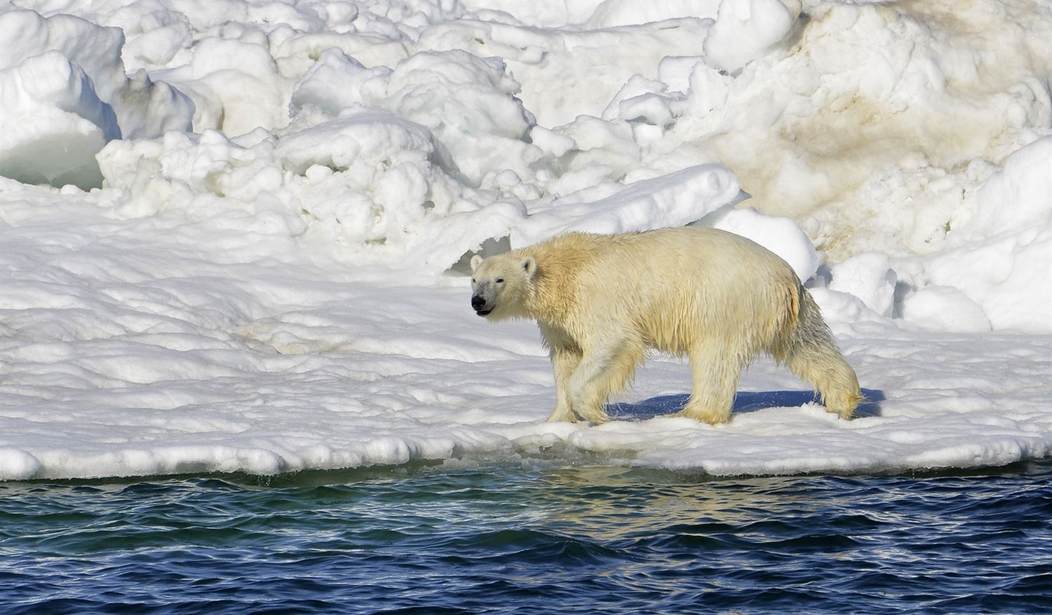The Arctic Ocean is estimated to contain 22 percent of the Earth’s oil and natural gas, along with huge quantities of other minerals. Getting at it is a problem, of course, but with technology improving all the time, how long will it be before it becomes profitable?
That’s an answer that Russia appears to want to know a lot more than the U.S. Where the United States sees the Arctic as a place to protect — an environmental treasure and polar bear playground — Russia is going full bore to find a way to exploit those riches and gain an important strategic advantage over America.
Last month, barely reported by western media, President Vladimir Putin, at a ceremony in St Petersburg’s Admiralty shipyard, unveiled a new diesel-electric icebreaker ship, the Viktor Chernomyrdin, the most powerful non-nuclear vessel of its type in the world. Just a month earlier, another new icebreaker, the Arktika, a 33,000-ton nuclear-powered ship with the displacement of a World War Two aircraft carrier, began operations in the Arctic. Its bows can crash through ice 10ft thick.
Future plans include three ‘Leader Class’ 70,000-ton behemoths to add to the roster of 37 large icebreakers. It is a force that supports the Northern Fleet, based near the city of Murmansk off the Barents Sea, which musters an impressive 35 surface vessels and the same number of submarines.
For America’s part, the Navy has made one foray into the Arctic Ocean in 30 years and has exactly one state-of-the-art icebreaker approved, but still on the drawing board.
It’s true that Russia has a lot of Arctic coastline and about 20 percent of the country is above the Arctic Circle. But Russia has more than its national defense in mind. The current UN Law of the Sea treaty (UNCLOS) allows nations to extend their territorial waters 200 miles from shore. “If a country can prove a ‘continental margin’ — a shallow shelf linked to the mainland — then an exclusive Economic Extension Zone (EEZ) can be established up to 350 miles from the shore.”
A further area of contention is ‘passage rights’. UNCLOS provides all nations with the right to use territorial waters for passage but this does not apply to internal waters. Russia currently treats its Northern Sea Route as internal and charges passage fees accordingly. It could, by its own interpretation of UNCLOS, block access at any time.
If ownership can be defined as “control,” Russia will own the Arctic in a decade without some kind of intervention from America and Europe.
And what of China? China’s nowhere near the Arctic, right? Not according to the People’s Republic’s representatives. They are calling themselves a “near the Arctic” nation despite being 900 miles from the Arctic Circle. China is massively investing in Greenland, Finland, and Iceland all so they can have a piece of the Arctic when it becomes possible to profitably exploit it. And the Chinese just purchased a chunk of Russia’s largest liquid natural gas company.
Meanwhile, America and Canada are patting themselves on the back for preventing drilling in Alaska via a treaty signed by former American President Barack Obama and current Canadian President Justin Trudeau. Joe Biden is expected to give up the contest for the Arctic as easily as Obama gave up the South China Sea.
All the agreements, conventions, and Law of the Sea Treaties won’t mean much to Russia once it starts drilling. And Russia won’t care about polar bears, either.










Join the conversation as a VIP Member